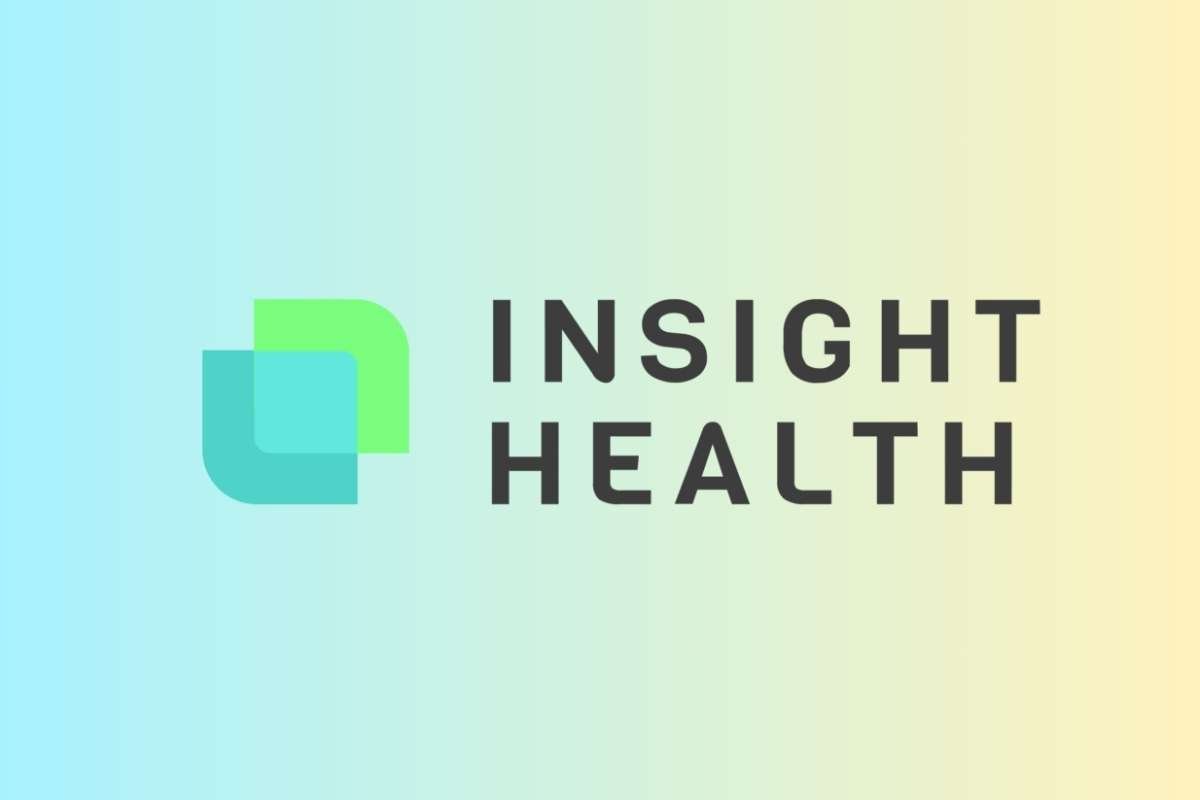[Source-CNN]
Recent reports indicating a surge in maternal death rates in the United States may have been exaggerated due to flawed record-keeping practices, suggests a groundbreaking study published in the American Journal of Obstetrics & Gynecology. This revelation sheds light on the critical issue of maternal health, especially as millions of women across the nation face barriers to accessing essential maternity care and reproductive services.
Reevaluation of Maternal Mortality Statistics
The study scrutinized data from the National Center for Health Statistics (NCHS) spanning from 1999 to 2021, focusing on deaths requiring documentation of pregnancy on death certificates. Contrary to the alarming trend portrayed in some reports, researchers found that maternal mortality rates remained relatively stable, hovering around 10 per 100,000 live births between 1999-2002 and 2018-2021. This stability contrasts starkly with the apparent spike in maternal death rates reported by the Centers for Disease Control and Prevention (CDC), which recorded an increase from 9.65 to 23.6 per 100,000 live births over the same periods.
Trends in Causes of Maternal Deaths
Examining the underlying causes of maternal mortality revealed intriguing shifts over time. While deaths stemming directly from obstetric complications like hemorrhaging and preeclampsia decreased, fatalities attributed to indirect causes, such as hypertension exacerbated by pregnancy, saw a troubling rise. Notably, non-Hispanic Black women continued to experience disproportionately high maternal death rates, with significant disparities linked to conditions like ectopic pregnancy, cardiovascular issues, and renal diseases.
Flawed Data Found in U.S. Maternal Mortality Rates Study…
Expert Commentary and Critique
Cande Ananth, chief of the division of epidemiology and biostatistics at Rutgers Robert Wood Johnson Medical School and senior author of the study, underscored the shortcomings of current data collection methods. Despite efforts to rectify errors in reporting, the inclusion of non-maternal deaths in maternal mortality figures persists, skewing the overall statistics. Ananth pointed out that recent increases in reported maternal deaths may also reflect the inclusion of unrelated cancers and other incidental causes.
In response to inquiries regarding the study, the National Center for Health Statistics declined to comment. However, the CDC’s most recent maternal death report for 2021 documented a notable surge in mortality rates compared to 2020, with Black women disproportionately affected.
Implications and Future Directions
Researchers advocate for refining the death certification process, urging certifying physicians to specify pregnancy-related causes of death accurately. Moreover, the study’s findings underscore the urgent need to address hypertension in women of reproductive age comprehensively.
As the discourse surrounding maternal health continues to evolve, this study highlights the importance of rigorous data analysis and ongoing efforts to improve healthcare practices to ensure the well-being of expectant mothers nationwide.










